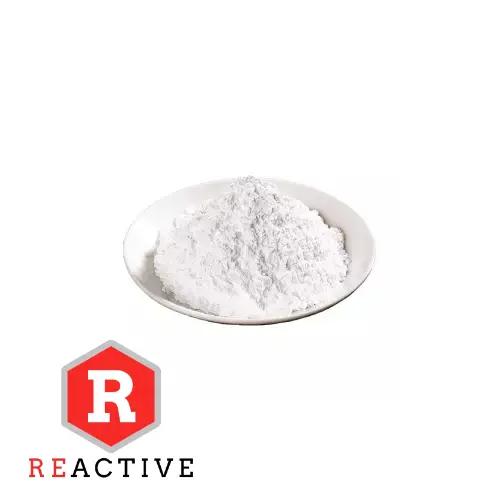
Highly Reactive Magnesium Oxide
Brand: Messi Biology
Place of production: CHINA
Weight: 20KG/25KG
Product description: Messi Biology High Reactive Magnesium Oxide comes from China with abundant resources.
Physical Property
The Molecular Formula of Magnesium Oxide: MgO
Molecular weight: 40.30 (international standard)
Appearance: White powder
Reactive Magnesium oxide is produced from magnesite and ammonium bicarbonate by carbonization and calcination process. We have self-produced mining raw materials and semi-finished products testing means, with mature and stable production lines. The product quality is stable and the performance is good. It can meet the needs of customers in different industries.
Caustic-calcined magnesia (CCM) is used for fluorine rubber, butyl rubber, cable, conveyor belt, adhesive, FRP and other products.
Is magnesium oxide highly reactive?
The speed at which this dissociation occurs is the main technical characteristic of magnesium oxide that is of interest to the tanner. If the dissociation is rapid, the magnesium oxide is considered highly reactive, if the dissociation is slow, it will be of low reactivity. For traditional chrome tanning, low magnesium oxide reactivity is the most widely used. The reactivity of magnesium oxide is a result of three factors: chemical composition (purity), particle size distribution, and surface area. Each of these parameters will be discussed in detail.
Magnesium oxide for industrial use is obtained from two main sources: mineral (mines) and water (sea, salt lakes, groundwater salines, etc). Depending on its origin, treatment of the oxide can vary, but the final features are defined by the same operations regardless of the origin. This means that the reactivity of magnesium oxide does not depend on the source of production, but from the operations used in refining the product.
Caustic Calcined Magnesite (CCM) is a highly reactive form of magnesium oxide produced by calcining or burning crude magnesite at relatively low temperatures (>1000 °C). Applications for caustic calcined magnesia include water treatment and in production of feed stock, fertilizers, and some cosmetics.
Magnesium oxide: A Forgotten Specialty Chemical
Caustic Calcined Magnesia (CCM) is a highly reactive form of magnesium oxide produced by calcining or burning crude magnesite at relatively low temperatures (>1000 °C). Applications for caustic calcined magnesia include water treatment and in production of feed stock, fertilizers, and some cosmetics.
Magnesia 310.PDF
MgO
70 m²/g (typical)
Magnesia 295.PDF
MgO heavy,
min. 170 m²/g
Magnesia 2923.PDF
MgO heavy,
95-125 m²/g
Magnesia 2924.PDF
MgO heavy,
min. 140 m²/g
Magnesia 2925.PDF
MgO heavy,
70-110 m²/g
Magnesia 2926.PDF
MgO heavy,
min. 130 m²/g
Magnesia 2927.PDF
MgO
min. 160 m²/g
Magnesia 2943.PDF
MgO
150 m²/g (typical)
Feel free to contact us to jointly identify the most adequate Magnesium oxide for your application. Magnesia product samples for first lab tests are free of charge.
